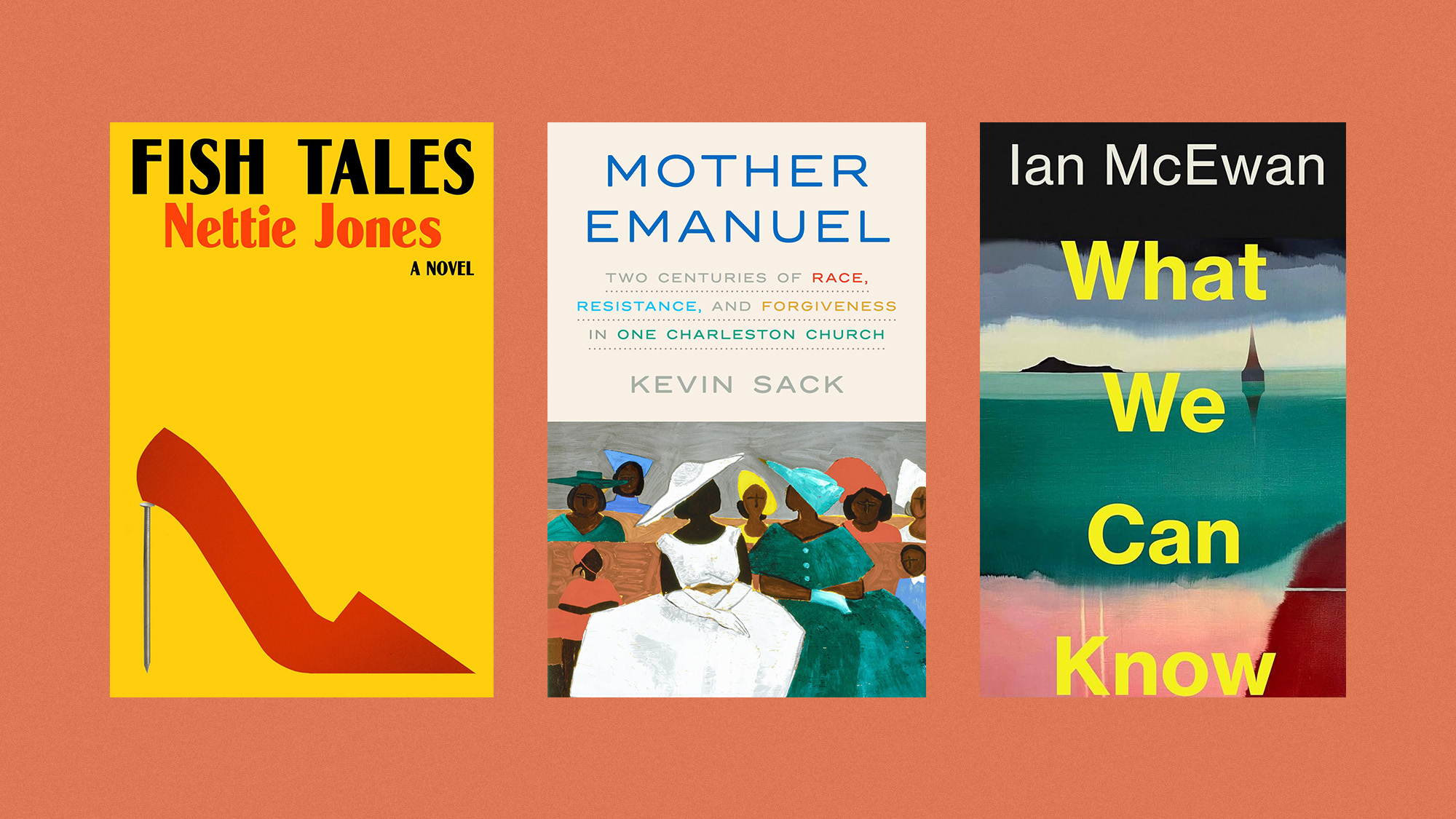Running out of water
A prolonged drought has caused severe water shortages throughout much of the nation. Are the dry rivers, half-empty reservoirs, and barren farm fields a short-term anomaly—or the shape of things to come?
How bad is the current shortage?
Half the states have imposed water-use restrictions, and in parts of the Southeast and Southwest, it’s nearly as dry as it was during the Dust Bowl crisis of the 1930s. In Arizona and Colorado, massive fires have roared through forests transformed into kindling by a lack of rainfall. Farmland in the Midwest is being lost to creeping desertification. Western Nebraska, the state’s governor says, “looks like the moon.” Water is so scarce in Colorado that an ad campaign urges Denver residents to “Only Wash the Stinky Parts.” In Atlanta, water pressure fell so low this summer that when thousands of people turned on their taps, they got only a tea-colored trickle.
Surely this is temporary?
The Week
Escape your echo chamber. Get the facts behind the news, plus analysis from multiple perspectives.

Sign up for The Week's Free Newsletters
From our morning news briefing to a weekly Good News Newsletter, get the best of The Week delivered directly to your inbox.
From our morning news briefing to a weekly Good News Newsletter, get the best of The Week delivered directly to your inbox.
Droughts are a natural phenomena, and even terrible ones, like the Dust Bowl, eventually end. But scientists are very worried that global warming may be creating long-term changes in rainfall patterns. Computer models suggest that higher temperatures will bring more extremes in weather—longer and deeper droughts, and spells of torrential rains that will cause floods. Weather extremes already seem to be more common. The Colorado River, which provides water to two-thirds of California, is currently running at 14 percent its normal capacity—the lowest level it’s been measured at in 150 years. The Colorado is fed primarily by melting snowpack, and with warmer temperatures, there is now less snow. By 2050, scientists project, the high elevations of the Sierra Nevada and Cascade mountains will be 11 degrees warmer than past averages. That would reduce the snowpack by 13 feet. California’s population, meanwhile, will grow by 20 million people in the next two decades.
Are we using more water?
America actually uses less water per capita than it did in 1980, due to conservation measures. But overall demand is up, as our population grows and migrates to sunny states in the south and west, where there’s already too little water. Texas, for example, is growing so fast that its population is expected to double by the year 2050. Already, demand on the Rio Grande is so great that the fabled river now runs dry before it reaches the Gulf of Mexico. Sprawl compounds the shortages: As subdevelopments and strip malls expand across vast swaths of Sun Belt desert and prairie, concrete covers land once open to the rain. That keeps nature from recharging aquifers, streams, and rivers. “Sprawl development is literally sending billions of gallons of badly needed water down the drain,” environmentalist Betsy Otto tells the Seattle Post-Intelligencer. All the new lawns don’t help either. Grass and bushes are not natural to many of the new sprawling desert cities, but people like them. Keeping them green requires a lot of water. The government estimates that a third of all residential water, in fact, now goes to lawn watering.
Is urban America affected?
A free daily email with the biggest news stories of the day – and the best features from TheWeek.com
Yes, but in the older cities of the Northeast and Midwest, the primary problem is not supply—it’s waste. In cities like New York and Boston and Chicago, leaky pipes laid decades or a century ago are dripping up to one-half of their contents en route to users. Leaks also invite contamination, threatening catastrophic public-health problems. More than 200,000 water mains now burst every year. “We are at the dawn of an era when utilities will need to make significant investments in rebuilding or replacing their underground delivery assets,” Thomas Curtis of the American Waterworks Association tells U.S. News & World Report. Estimates of the cost range from the EPA’s $151 billion to an industry group’s even trillion.
Where’s that money going to come from?
It probably won’t come from strapped state and federal governments. Private companies have moved into the breach, and many analysts expect that much of the country’s water will be supplied by a hybrid of private companies and government entities. New Orleans and Atlanta have already privatized water delivery. In the United Kingdom, most water is now delivered by private companies. Privatization sets up what promises to be one of the new century’s major points of contention, as global conglomerates take control of water supplies and the ability to pay determines who gets the bulk of what’s available. “This will lead to a world water elite,” say Maude Barlow and Tony Clarke, authors of Blue Gold, in The Nation. Currently, 7 percent of the world’s fresh water is controlled by private companies; that is expected to increase to 17 percent by 2015.
What’s the global picture?
It’s far gloomier than in the U.S. There’s a lot of water on this planet, but less than 1 percent of it is fresh. The supply, moreover, is unevenly distributed. More than 1 billion people have limited access to clean water, a number that could triple by 2017. Each year 12 million people die from lack of clean water, and conditions are apt to worsen. Global consumption of water is doubling every 20 years, twice the rate of population growth. By 2025, the demand for water will exceed supply by 56 percent—assuming that supply remains at current levels. But in fact, supply is declining: More than half the world’s rivers are either polluted or drying up. Great rivers like the Yellow, the Colorado, and the Ganges no longer reach their traditional endpoints. “If the wars of this century were fought over oil,” said World Bank Vice President Ismail Serageldin, “the wars of the next will be fought over water.”
The mother of invention
U.S. News & World Report
-
 Received a gift card this holiday season? Here’s how to maximize it.
Received a gift card this holiday season? Here’s how to maximize it.The Explainer Make the most of your present
-
 ‘Lumpy skin’ protests intensify across France as farmers fight cull
‘Lumpy skin’ protests intensify across France as farmers fight cullIN THE SPOTLIGHT A bovine outbreak coupled with ongoing governmental frustrations is causing major problems for French civil society
-
 The best books of 2025
The best books of 2025The Week Recommends A deep dive into the site of a mass shooting, a new release from the author of ‘Atonement’ and more